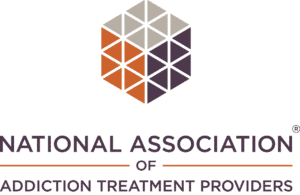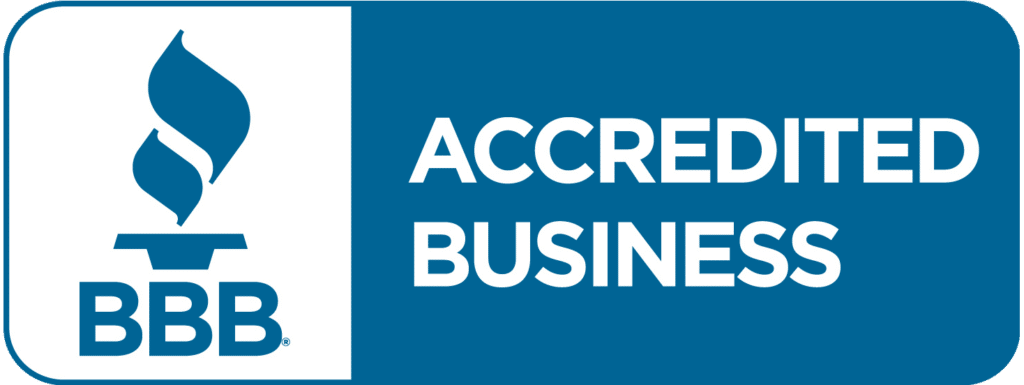Towards the end of August 2018, the American Medical Association (AMA) took a bold step when it issued a statement recommending a new approach for legislators to address the spiraling out-of-control opiate crisis. The AMA statement came on the heels of data released by the Centers for Disease Control and Prevention (CDC) concerning the opiate crisis, including 72,000 fatal overdoses that occurred just in 2017.
The approach the AMA suggested policymakers adopt is called Medication-Assisted Treatment (MAT). By the end of 2018, more than 15,000 physicians in the United States received a certification to treat opiate-addicted patients with MAT. The participation of a large number of American physicians is one of the reasons why Medication-Assisted Treatment is the best option.
Patric A, Harriss, M.D., who chairs the AMA Opioid Task Force, said in an interview, “We know what works. We can point to states where making access to medication-assisted treatment has been a priority, and the mortality rates are going down. The Centers for Disease Control and Prevention provisional numbers yet again underscore that this epidemic will not be reversed until we deal with access issues and stigma associated with opioid misuse.”
What is MAT?
MAT relies on medication to help patients with substance abuse disorder to eliminate their addictions. The use of medications in small amounts allows addicts to gradually lose the craving to consume their substance of choice. Physicians certified to apply the new intervention tool have declared MAT does not replace one drug addiction with another drug addiction. The slow transition to a clean lifestyle is one of many reasons why Medication Assisted Treatment has produced favorable results for former addicts.
With a blend of therapy tactics about how to live a sober lifestyle, MAT discovers the root causes of addiction, as well as prevents patients from relapsing into substance abuse. Another reason why Medication Assisted Treatment has started as a success is that physicians can customize treatments to match the factors and conditions faced by a drug addict.
How Does Medication Assisted Treatment Work?
The Food and Drug Administration (FDCA) has approved three drugs for physicians to use for a MAT program. Each of the three drugs offers people addicted to a substance to move away gradually from an addiction lifestyle into a lifestyle devoid of harmful substances. Methadone typically is used for an outpatient or daily inpatient treatment program. Physicians can recommend it in pill, liquid, or wafer form. Methadone tricks the brain into thinking it has taken a dose of opiates.
Administered by a certified MAT physician, buprenorphine is given to patients either weekly or monthly. Considered a partial agonist medication, buprenorphine works like a full dose drug, but the effects on the brain are much weaker. Patients receive the MAT drug in tablet form or by receiving implants or injections. The third MAT drug Naltrexone blocks the euphoria experienced by people addicted to opiates. Certified clinicians administer the medication as a daily pill or monthly injection.
Why is MAT the Best Option?
Both the AMA and the National Institutes of Health (NIH) have formally endorsed the use of MAT techniques to help people addicted to substances slowly overcome the debilitating lifestyle. The endorsements are just one of the reasons why Medication Assisted Therapy has gained traction in the healthcare industry as an effective strategy for reducing the dependence on hard drugs such as opiates.
MAT has emerged as one of the popular strategies for patients struggling with opiate or alcohol addiction. Here are the benefits of participating in a MAT program.
MAT is Successful
The most significant reason why Medication-Assisted Treatment is the best option concerns the success rate of the intervention strategy. Although measuring the success of addiction treatment involves comparing several metrics, the outcomes are considered among the best compared to other addiction treatment methods. Unlike most other types of addiction treatments, MAT implements a two-part strategy that includes medication treatment and behavioral counseling. The result is MAT is more effective than other addiction treatment programs.
Affordable Treatment Strategy
Because MAT does not rely as much on in-patient treatments for addiction, the cost of participating in the program is more affordable than other treatment options. The pricing of a MAT program differs among patients depending on the type of medication, the frequency of treatment sessions, and where a patient lives in the United States. When considering the cost of other addiction treatment programs, MAT ranks as one of the most affordable treatment programs.
More Freedom for Patients
After receiving treatment for an in-patient program, MAT participants have the freedom to live outside of a medical facility. The additional freedom helps most patients cope with the transition to a more normal lifestyle. At most, outpatient MAT participants receive a daily dose of medication by visiting a treatment center. For a drug such as buprenorphine to treat alcohol abuse, patients need just two appointments per week to eliminate an alcohol addiction.
Ideal Treatment as Part of a Larger Program
Another reason why Medication-Assisted Treatment is the best option regards integrating the treatment program into a more comprehensive treatment program. Certified clinicians can implement MAT techniques as a solo program or as part of a larger program. For example, patients have the choice of whether to participate in group or individual counseling as part of the behavioral component of a MAT strategy. Holistic therapies can support MAT techniques by unlocking the vast potential of the treatment strategy.
Smooth Transition
One of the most difficult challenges to overcome in an addiction treatment program concerns making the transition back to a more normal lifestyle. Temptations lurk around every corner, which can be an issue for someone that cannot handle less recovery assistance. However, MAT has been demonstrated to be an effective way for recovering addicts to return to a more typical lifestyle because they continue with treatments while living outside of a treatment facility.
MAT in the San Francisco Bay Area
The answer to the question, “Does Medication-Assisted Treatment work” is a resounding yes. Not only does MAT improve the survival rate of patients, but it also can help patients secure and keep jobs they would not have been able to maintain while addicted to a drug.
If you’re interested in medication-assisted treatment for addiction in the San Francisco Bay area then call 408-547-4089 and talk to a member of the Silicon Valley Recovery team!
FAQs
What is the purpose of medication-assisted treatment?
Medication-assisted treatment (MAT) aims to help individuals overcome substance use disorders by combining medications with counseling and behavioral therapies. This approach addresses the physical and psychological aspects of addiction, reducing withdrawal symptoms and cravings, and supporting recovery. MAT is tailored to individual needs, enhancing the chances of successful long-term recovery.
What are the benefits of mat?
Medication-Assisted Treatment (MAT) offers several benefits, including reducing withdrawal symptoms and cravings, which helps individuals maintain recovery. It improves survival rates, increases retention in treatment, and enhances the ability to gain and maintain employment. MAT also decreases illicit opiate use and other criminal activity among people with substance use disorders.
What are the advantages of mat?
The advantages of mat include providing a stable and non-slip surface for various activities, enhancing comfort and safety. Mats can help protect floors from damage and reduce noise levels. They are often easy to clean and maintain, making them a practical choice for both personal and professional environments. Additionally, mats can offer ergonomic benefits by reducing strain on the body during prolonged standing or exercise.
What is the success rate of medication-assisted treatment?
The success rate of medication-assisted treatment (MAT) varies depending on several factors, including the specific medication used, the individual’s commitment to the treatment plan, and the presence of supportive services. Generally, MAT can significantly improve recovery outcomes, with some studies indicating success rates of 50% to 60% or higher when combined with counseling and behavioral therapies.
When is medication assisted treatment recommended?
Medication-assisted treatment (MAT) is recommended for individuals with opioid use disorder or alcohol use disorder. It is particularly beneficial for those who have not achieved success with other treatment methods, are at high risk of relapse, or have a history of chronic substance use. MAT combines medications with counseling and behavioral therapies to provide a comprehensive approach to recovery.
How much does medication assisted treatment cost?
The cost of medication-assisted treatment (MAT) can vary widely depending on factors such as the type of medication, duration of treatment, and healthcare provider. On average, MAT can range from $500 to $1,200 per month. Insurance coverage, including Medicaid and Medicare, may help offset these costs. It’s important to consult with healthcare providers and insurance companies to understand specific expenses.









